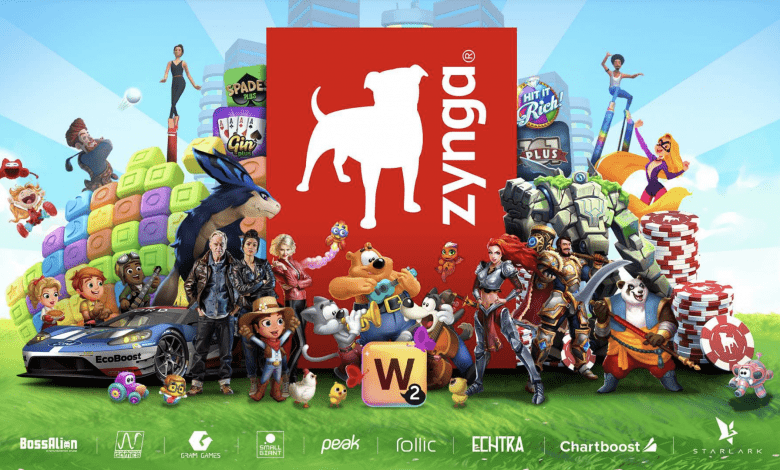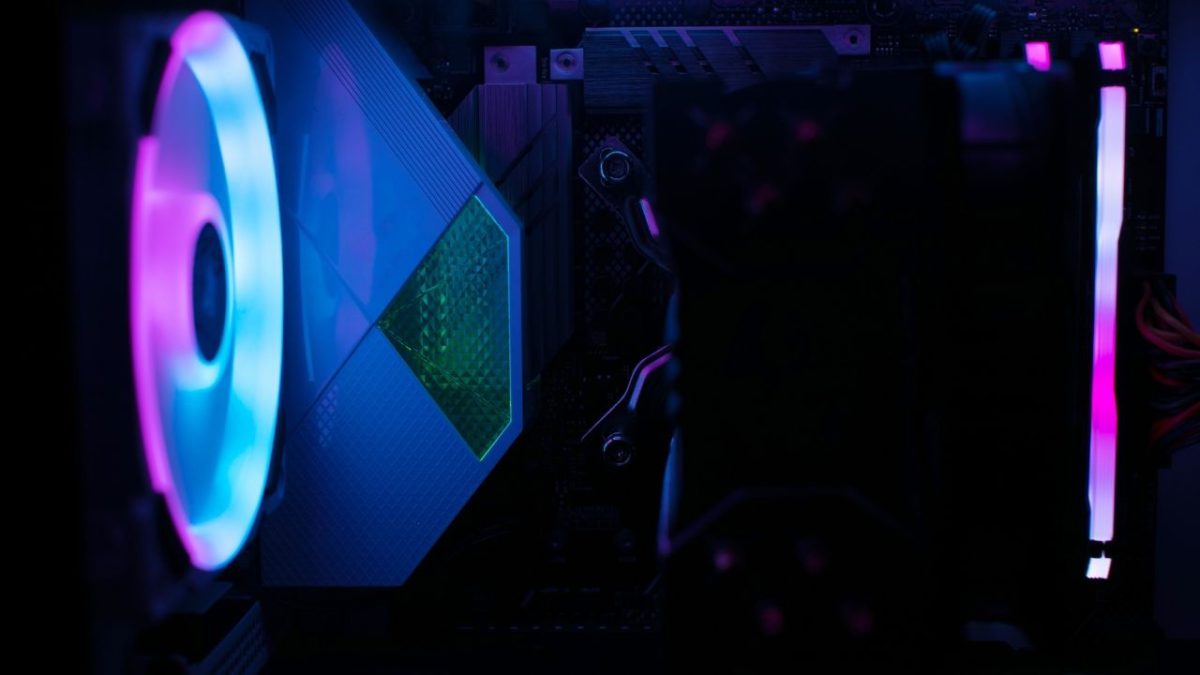Top 5 Questions Answered About Web3 Games
Web3 games, also called “blockchain gaming”, uses distributed ledger technology to give users more control over their in-game assets and make them more transparent, safe, and democratic.
Web3 games are based on the peer-to-peer, decentralised design of blockchains, and they use cryptocurrencies and tokens that can’t be changed (NFTs). Blockchain lets players own and trade in-game items, such as NFTs and other digital assets, and move them without the help of a third party. Smart contracts are used to manage and trade assets on decentralised marketplaces.
Decentralization has a lot of unique benefits for both the gaming industry and players. Along with the increased security and transparency that a blockchain offers, decentralised gaming led to the play-to-earn (P2E) gaming model, in which players earn cryptocurrency by playing games and levelling up.
Web3 games help the gaming industry’s finances by coming up with new ideas like decentralised autonomous organisations (DAOs), crypto-secured gaming wallets, and the metaverse.
How do Web3 games work?
Blockchain technology is used in Web3 games to make it possible for players to own assets and currencies outside of the game. This means that players can earn, trade, and use these assets outside of the game. They also use cryptocurrency payments and smart contracts to make sure that transactions are safe and clear.
Web3 games are built on decentralised blockchains, which give users more control, transparency, and safety than traditional centralised gaming platforms. Blockchain technology creates a record of all transactions that can’t be changed and makes sure that games aren’t decided by centralised servers but by algorithms that can be checked.
Parts of Web3 games
- Smart contracts are another important part of Web3 games. They are set up to do certain things automatically when certain conditions are met, like when a player buys or sells an asset. In Web3 gaming, they keep track of who owns what in-game assets and how they can be sold or traded.
- Digital cryptocurrency wallets are used by Web3 gaming platforms to store in-game collectibles and assets. Crypto wallets are an important part of the Web3 architecture for games and a must-have tool for using blockchain-based services.
- Also, players can own and trade in-game assets like virtual items or currencies, which are stored on a blockchain and can be easily moved or traded. These assets are often shown by NFTs or other digital assets.
- Developers and players often work together on Web3 games and make them together. Because the platforms are not centralised, the community can give more input and feedback, which can help shape where the game goes and how it changes.
- Gaming DAOs help make a player-driven gaming ecosystem that can manage gaming communities and platforms that don’t have a central point of control. Grant DAOs, gaming guilds, incubators, and accelerators are all different kinds of gaming DAOs.
People can play games made with different parts of Web3 technology in a place called Web3 gaming. Blockchain technology and related applications like NFTs, cryptocurrencies, and DAOs are today used in most Web3 games.https://t.co/ApLcBnzR5T#web3gaming#web3games#Web3#web3game pic.twitter.com/3h7OMszTAY
— Derek T. Belford (@DerekBelford) September 15, 2022
What makes Web3 gaming different
Web3 gaming has a lot of features that aren’t possible on traditional centralised gaming platforms, such as high transparency and more control.
First, Web3 games are very open since peer hosting makes sure that all players have access to all information, and no third party can hide or limit access. These games are easy for gamers to get into. Even people who aren’t tech-savvy can easily buy a cryptocurrency and set up a wallet so they can play.
Another important benefit of blockchain-based gaming is that it gives players more ownership and control over their in-game assets, such as virtual land, currencies, and characters. With Web3 technology, players can own and trade their digital assets, which can have real-world value and more control over their gaming experience.
Web3 gaming makes new in-game economies where players are rewarded for being good at the game and new ways to make money at the same time. In P2E games, for example, players can make money while playing and get real money for things they do in the game, like completing quests. This can make the ecosystem stronger and more reliable for both players and developers.
Web3 gaming also makes working together easier for different games and platforms. Players can use their assets in different situations and settings and can easily move them between games or trade them with other players. Web3 game developers show how a new gaming ecosystem thrives on personalised player experiences, giving priority to immersive, engaging game processes with the best rewards for players. Many gamers are very interested in the P2E model, and games are often made with the player in mind.
Blockchain makes it possible to find out where digital assets came from. This means that developers and players can easily find out who owns certain assets and what has been bought and sold, making the game’s economy clearer. Digital scarcity is possible in Web3 games, which means that in-game items can be made unique, rare, and valuable. This is hard to do in most traditional game settings. Rare items can be made in more copies or given as rewards to players, which can lead to inflation.
In Web3, game designers can make sure that in-game items are hard to get and don’t get more expensive over time. Items are kept on the blockchain, where they can’t be copied or changed.
Also, read – How Web3 Games Include Elements That Appeal To Women
The risks of gaming on Web3
Even though Web3 games can be fun, they are still new and have a small market. They also face some big problems. There are problems with both user adoption and acceptance by the general public. Web3 can be hard to use, especially for people who don’t know much about crypto. Developers and communities should work together to make players aware of the benefits of Web3 games and teach them about them.
Most of the time, decentralised networks are safer than centralised ones, which is why Web3 games are built on them. But Web3 games can still be hacked or attacked, which can cause game items to be lost or stolen. Gamers should take care to keep their private keys safe and store their digital assets in safe crypto wallets.
Also, you might miss something special, like the “fun” part of the game that is important to the whole experience. Some Web3 games may be more about making money than having fun and being enjoyable. Web3 game designers need to put fun gameplay at the top of their list of priorities if they want to attract a larger audience and compete with the big Web2 companies.
Last but not least, there is a regulatory risk because the laws and rules around Web3 games are still changing. There might be confusion about how taxes, licences, and Anti-Money Laundering rules work. Developers and players should know about these risks and do their best to follow the rules.
Gaming examples on Web3
In the modern Web3 gaming world, there are a lot of blockchain games and decentralised applications (DApps), like CryptoKitties, Axie Infinity, and Decentraland. Each game has its own features and ways of playing, but they all use the power of blockchain technology to create new ways to play that aren’t possible on traditional centralised gaming platforms.
Some examples of Web3 games are the following:
- CryptoKitties was one of the first Ethereum-based games to become very popular. It lets players collect, breed, and trade unique digital cats. The game uses blockchain technology to make sure that each digital cat is unique and owned by the right person.
- Axie Infinity is a play-to-earn metaverse game based on Pokemon. It was built by Sky Mavis on the Ethereum-linked Ronin sidechain, and players can collect, raise, and fight creatures called Axies. With Web3 tools, players can buy and sell their Axies and other in-game items.
- The Sandbox is a virtual world where people can use blockchain technology to build and sell their own virtual worlds, in-game assets, and digital currencies.
- Decentraland is a virtual world where people can make, explore, and sell their own virtual worlds.
- Gods Unchained is a digital collectible card game that lets players own and trade their cards. This is made possible by blockchain technology. The Ethereum blockchain is used to ensure that the digital cards in the game are real and that there aren’t too many.
What’s next for Web3 games
The future of Web3 gaming is exciting and looks good because it will give players new ways to own their in-game assets and currencies and give developers new ways to make money. Adding blockchain to gaming has changed the industry, making it more democratic by eliminating centralised parties and creating new ways to make money with more social and community-based gaming experiences, all of which make the social and fun parts even better.
But Web3 games aren’t likely to completely replace traditional games because they offer different experiences and are made for different people. Web3 games, on the other hand, could open up new opportunities and revenue streams for the gaming industry and give players new ways to play.
Also, as the technology and infrastructure for Web3 gaming continue to improve, we can expect to see more innovative and immersive games, a rise in the use of cryptocurrency payments, and more ways for players and developers to join the decentralised gaming ecosystem.
Stay informed with daily updates from Blockchain Magazine on Google News. Click here to follow us and mark as favorite: [Blockchain Magazine on Google News].
Get Blockchain Insights In Inbox
Stay ahead of the curve with expert analysis and market updates.
latest from tech
Disclaimer: Any post shared by a third-party agency are sponsored and Blockchain Magazine has no views on any such posts. The views and opinions expressed in this post are those of the clients and do not necessarily reflect the official policy or position of Blockchain Magazine. The information provided in this post is for informational purposes only and should not be considered as financial, investment, or professional advice. Blockchain Magazine does not endorse or promote any specific products, services, or companies mentioned in this posts. Readers are encouraged to conduct their own research and consult with a qualified professional before making any financial decisions. The featured image used is just a creative depiction of the title and it does not intend to hurt sentiments of any person or institution. If it hurts anyone sentiments, please do not hesitate to reach out to Blockchain Magazine.

 Bitcoin
Bitcoin  Ethereum
Ethereum  XRP
XRP  Tether
Tether  Solana
Solana  Dogecoin
Dogecoin  USDC
USDC  Cardano
Cardano  Lido Staked Ether
Lido Staked Ether  TRON
TRON  Chainlink
Chainlink  Avalanche
Avalanche  Stellar
Stellar  Wrapped stETH
Wrapped stETH  Wrapped Bitcoin
Wrapped Bitcoin  Sui
Sui  Hedera
Hedera  Toncoin
Toncoin  Shiba Inu
Shiba Inu  WETH
WETH  Polkadot
Polkadot  Parkcoin
Parkcoin  LEO Token
LEO Token  Litecoin
Litecoin  Bitcoin Cash
Bitcoin Cash  Bitget Token
Bitget Token  Uniswap
Uniswap  Official Trump
Official Trump  Hyperliquid
Hyperliquid  Wrapped eETH
Wrapped eETH  Pepe
Pepe  USDS
USDS  NEAR Protocol
NEAR Protocol  Ethena USDe
Ethena USDe  Aave
Aave  Aptos
Aptos  Internet Computer
Internet Computer  Ondo
Ondo  Ethereum Classic
Ethereum Classic  Monero
Monero  POL (ex-MATIC)
POL (ex-MATIC)  OKB
OKB  Cronos
Cronos  Mantle
Mantle  Algorand
Algorand  Dai
Dai  MANTRA
MANTRA  Render
Render 



